Ear Piercing: Their meaning and types

Multi-ear piercings are no more an option for starlets and celebrities; you will likely find piercing enthusiasts in your circle. Centuries ago, piercings began with the stigma associated with medicine and with the practice. Over time, the trend has managed to become a much-loved fashion statement.
In addition to the material satisfaction of ear piercing, it is also a visceral affair. Many see it assign to the world that own bodies and take pride in what they stand for. Body modification is mostly frowned upon, but it makes one ponder what is so distinctive about ear piercings that the public seems to embrace them?
The concept of ear piercing is available to you even in the remotest part of the land. For tribes and people with a communal mindset, piercings define their traditions.
It is to do some research before getting an ear piercing, so you exactly know what you need. Keep reading to find about all the different types of piercings you can get.
Types of ear piercing
1. Conch Piercing
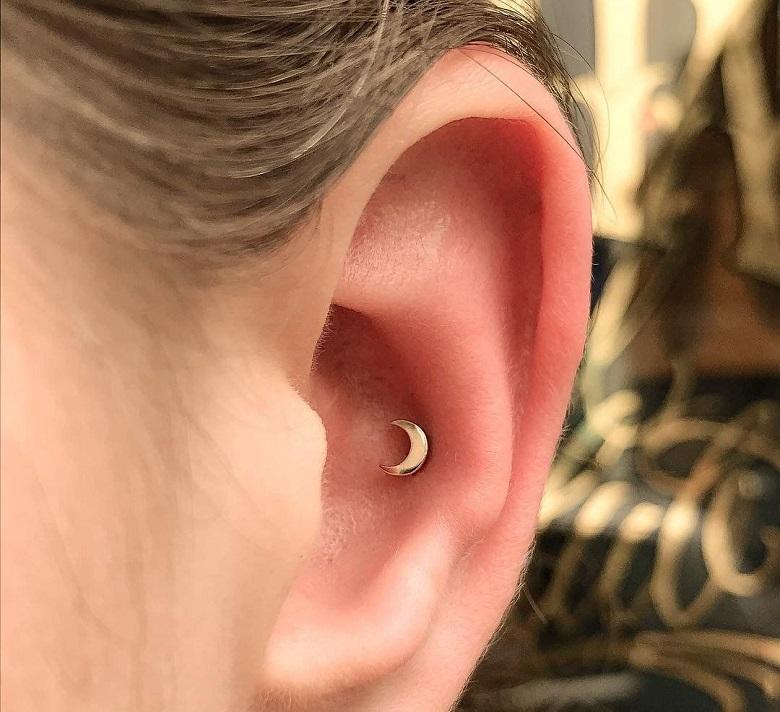
it is undoubtedly an attractive look. The pain is relatively less than you would expect. There are two categories of this type-internal and external. You can add a stunning beaded ring to beautify this region. The designation of this piercing comes from its comparison to shells found in the ocean.
2. Tragus Piercing
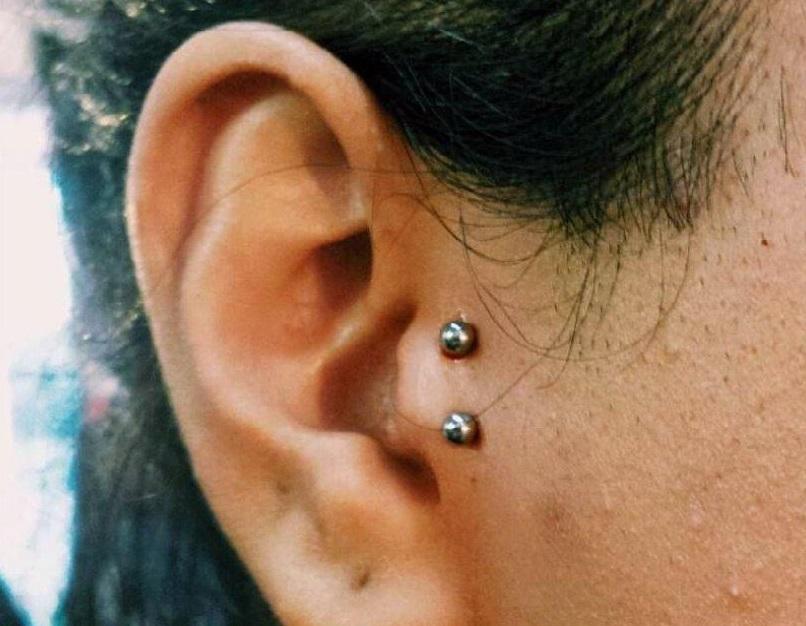
A tragus piercing is very flexible and looks good with some jewellery styles. It can be quite painful, depending on your tragus’ size, the part of your ear in front of the ear canal.
3. Anti- tragus piercing
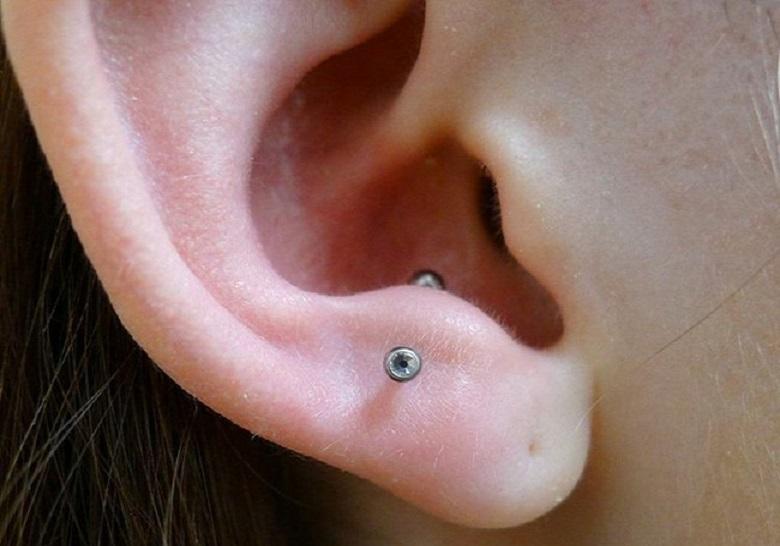
It is a type of cartilage piercing performed just above the lobe. It is quite similar to the piercing of the targus in its features, despite its name.
4. Industrial Piercing
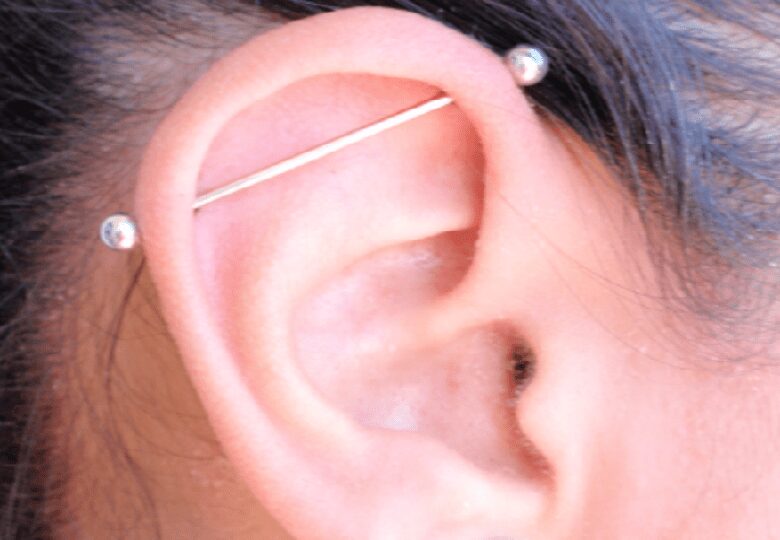
It is one of the most fanciful types of piercings. Industrial piercings consist of two piercings that carry a single piece of jewellery. One of these punctures is placed in the front helix, while the other is on the ear’s back. Usually, this piercing is decorated with a single barb, but you can experiment with different designs on your piercer’s advice.
5. Helix Piercing
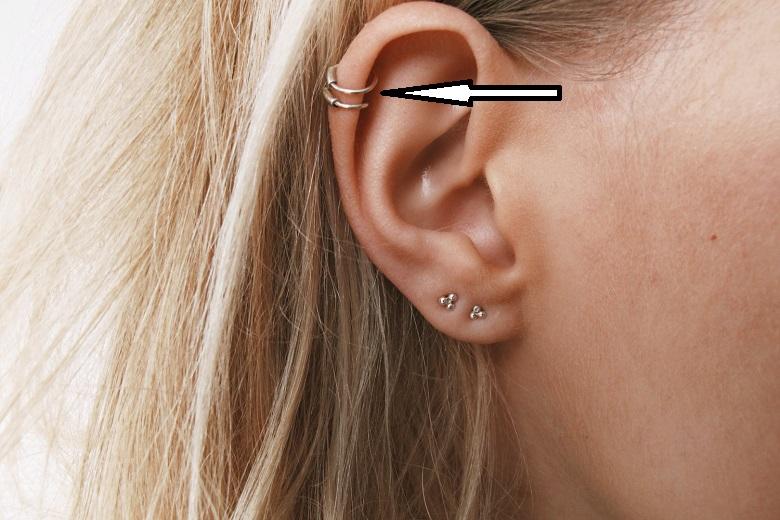
These piercings are located along with the upper ear and are cartilage piercings. This piercing is not painful; all you can feel is the gauge needle’s slight prick used to make it. There are no nerve closing in the helix region, making it ideal for anyone new to piercing. Choose from a variety of jewellery to adorn this piercing. From studs to beaded rings or barbells for this look can fit any thought.
6. Forward Helix Piercing
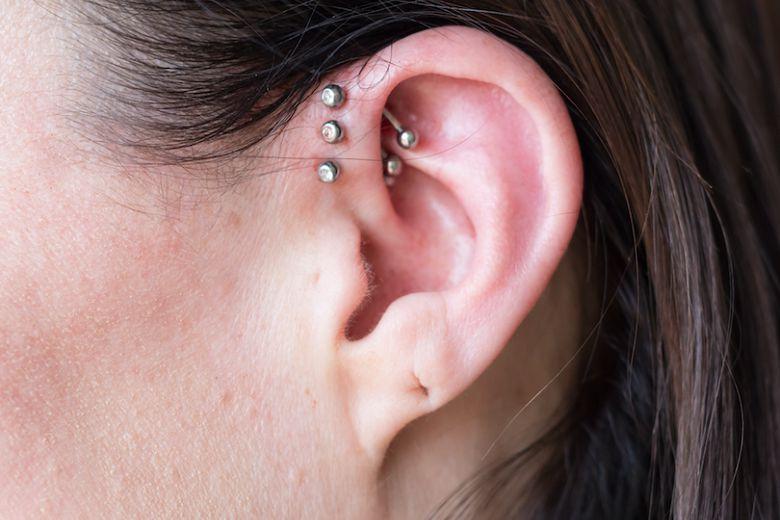
The difference between a forward helix piercing and a standard helix piercing the location; the front spiral piercing below the ear, near the spiral’s root. Typical jewellery of this type tends to include studs, for the most part, although straight spiral piercings can use with some various pieces of jewellery.
7. Lobe Piercing
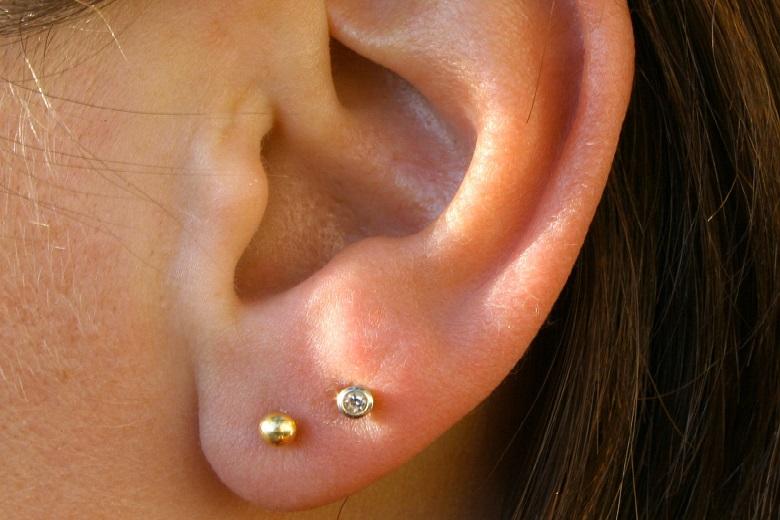
Yes, well, most of us are acquainted with this piercing and don’t even recall the hurt or soreness of that particular piercing. It is usually done at an early age under parental care, and you can complain about the pain-as much as you want, even if it’s not as bad as you imagined. Still, adults can probably practice this type of piercing and get a new one. It’s free of pain, and the tiny wound heals reasonably quickly.
8. Transverse lobe piercing

Transverse lobe piercing is a contemporary take on an old classic. With this piercing, the bar runs laterally through the earlobe rather than from the inside out. The angle of the transverse piercing varies depending on the shape and size of the earlobe. The only negative of this piercing is that it often takes longer to heal than other types. It also means that transverse piercings have a higher risk of being contaminated.
9. Daith Piercing
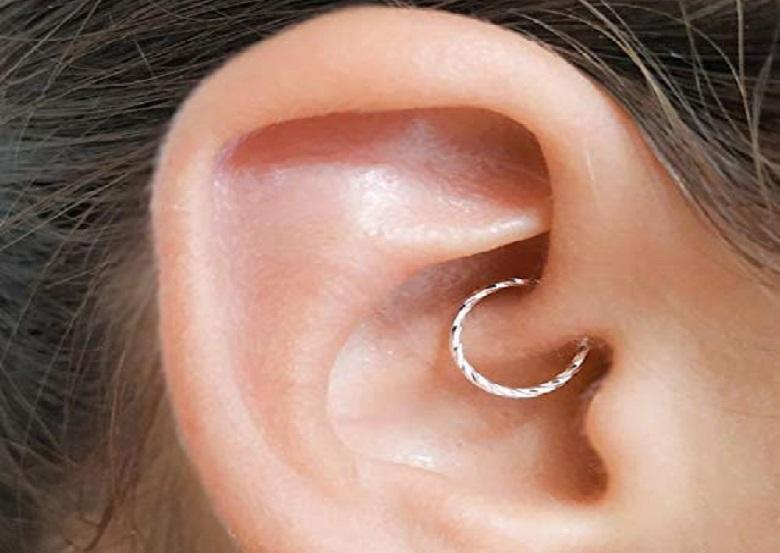
This is one of the most complex piercings. Many people can go wrong with it, and they soon will; with this in mind, it is advisable to go to a specialist to do the right thing.
A daith is a hoop that hugs the cartilage inside your ear. What’s great about this type of piercing is that it’s remarkably versatile and fits most people. Some people even believe that daith piercings can help alleviate anxiety-related migraines!
10. Rook Piercing
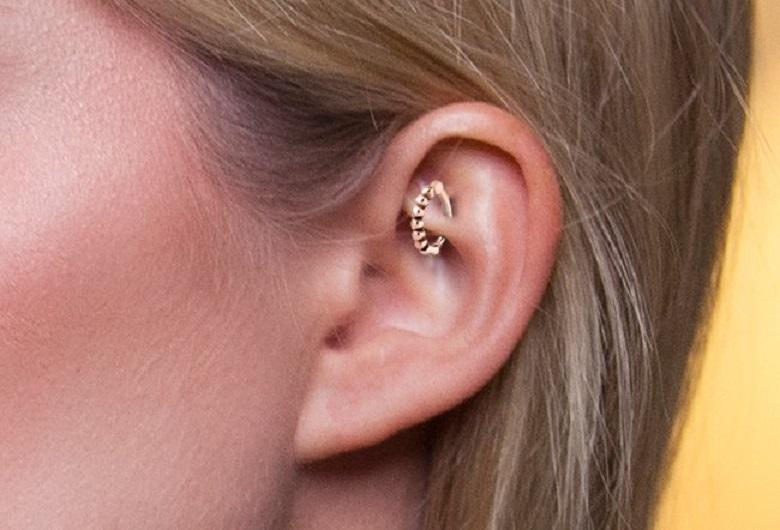
The rook piercing done near the ear cartilage’s inward ridge, parallel to the ear’s outer edge. This distinctive, striking piercing is a prime example of how creative piercing has become over the years.
11. Orbital Piercing
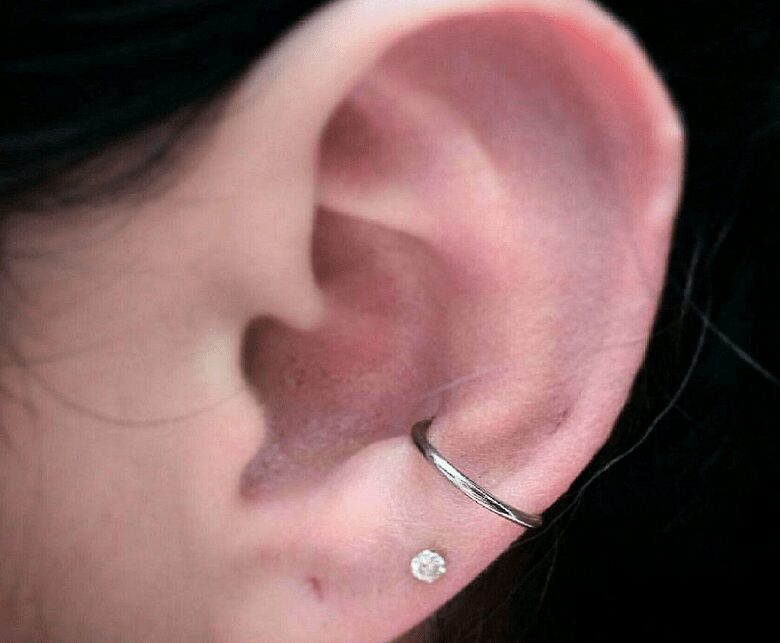
This piercing also joined with one piece of jewellery for any two piercings. It is not specifically for the ear, and it can be any two piercings connected with one piece of jewellery. They are common to the spiral and antihelix regions.
12. Snug Piercing
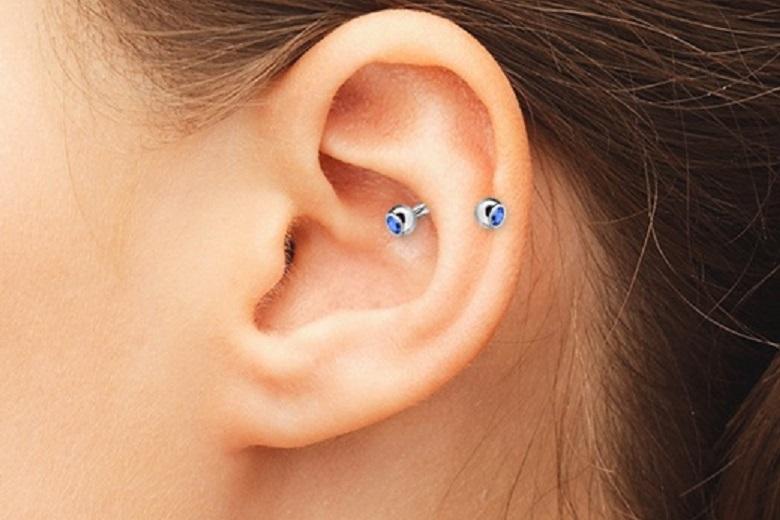
The neat piercing is located in the inner cartilage, closer to the outer edge of the ear. If you search for something classic and unique, this piercing is one of the choicest you can get. Being such a shallow location, you will likely use micro-adornments.
13. Cartilage Piercing
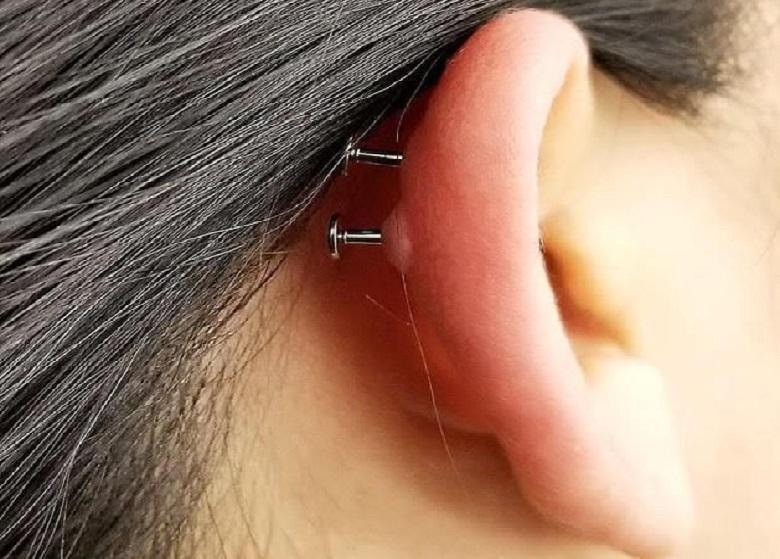
If regular piercings aren’t enough, why not up the ante with cartilage piercings. This type of piercing is a trendy choice for both men and women. For most people, cartilage piercings are not bad at all. The hardest part is the first two weeks after you do it when you can expect some mild pain and discomfort. But after it has done, you’ll be just fine.




